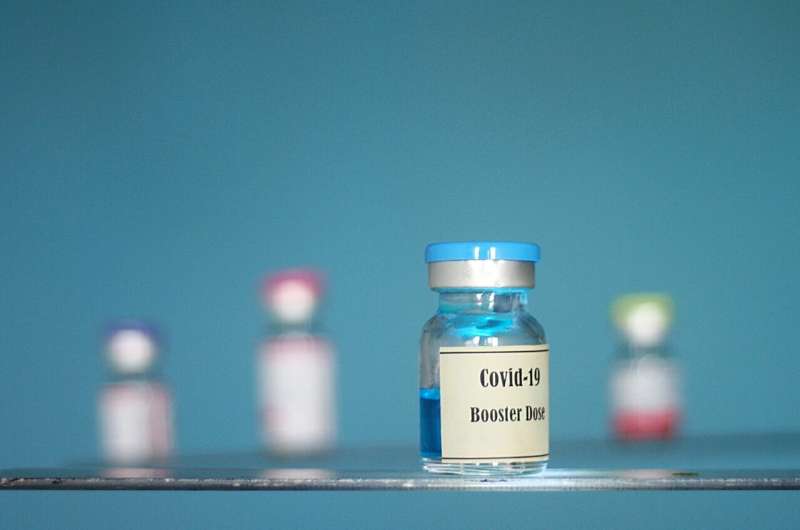How Sleep Enhances Muscle and Bone Health Through Growth Hormone Regulation

Discover how deep, restful sleep boosts growth hormone levels, promoting muscle and bone health, and learn about the neural circuits involved in this vital process. Source: https://medicalxpress.com/news/2025-09-muscle-bone-boosting-growth-hormone.html
Regular, restful sleep plays a crucial role in maintaining healthy muscle and bone tissue by increasing the production of growth hormone. This hormone is essential not only for muscle growth and bone density but also for fat metabolism and overall physical development. For bodybuilders and athletes, deep sleep phases significantly contribute to muscle repair and strength gains, while teenagers rely on adequate sleep for proper growth and height potential.
A key aspect of this process is the deep, non-REM sleep stage, during which growth hormone secretion peaks. However, the precise mechanisms controlling growth hormone release during sleep have remained somewhat of a mystery—until recently.
A groundbreaking study published in Cell by researchers at the University of California, Berkeley, has shed light on the neural circuits involved in sleep-dependent growth hormone secretion. The team uncovered a feedback loop within the brain that helps to fine-tune growth hormone levels, involving specific neurons in the hypothalamus that release or inhibit the hormone depending on sleep stages. These findings are significant because they reveal a sophisticated neural system that maintains the balance of growth hormone, ensuring optimal growth, metabolic health, and brain function.
During sleep, neurons that promote growth hormone release become active, especially during REM sleep, leading to increased hormone levels. This surge not only supports physical growth and repair but also influences brain regions associated with arousal and alertness, such as the locus coeruleus. Interestingly, the study found that growth hormone itself can modulate activity in this arousal center, forming a feedback system that balances sleep, wakefulness, and hormone secretion.
Implications of this research extend beyond understanding basic physiology. Disruptions in sleep, especially the lack of deep sleep, can impair growth hormone production, raising risk for obesity, diabetes, and cardiovascular diseases. Moreover, insights from this neural circuitry could inspire novel treatments for sleep disorders and metabolic conditions, including therapies targeting the specific brain circuits involved.
Overall, this research emphasizes the importance of quality sleep for physical health and highlights the complex neural dynamics that regulate growth hormone release, vital for growth, recovery, and metabolic regulation.
Stay Updated with Mia's Feed
Get the latest health & wellness insights delivered straight to your inbox.
Related Articles
The 'Aldehyde Storm': Genetic Mutation in East Asians Elevates Liver Disease Risk
A common genetic mutation in East Asians impairs aldehyde detoxification, leading to a dangerous 'aldehyde storm' that increases liver disease risk. New research highlights the role of ALDH2 deficiency in liver damage and the importance of reducing aldehyde exposure.
Enhanced Technique Improves Precision of Blood Measurement Using Near-Infrared Spectroscopy
A new integrated approach significantly improves the accuracy of blood hemoglobin measurement using near-infrared spectroscopy, paving the way for non-invasive diagnostics.
COVID-19 Booster Shots Temporarily Suspended Across Georgia Amid Federal Vaccine Policy Uncertainty
COVID-19 booster shots in Georgia are temporarily paused amid federal regulatory uncertainties and ongoing restructuring of vaccine advisory committees, delaying distribution nationwide.
Breakthrough Blood Test Achieves 96% Accuracy in Diagnosing Chronic Fatigue Syndrome
A new blood test using epigenetic technology has achieved 96% accuracy in diagnosing chronic fatigue syndrome, offering hope for better management of this complex condition.



